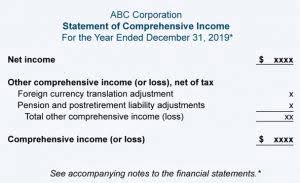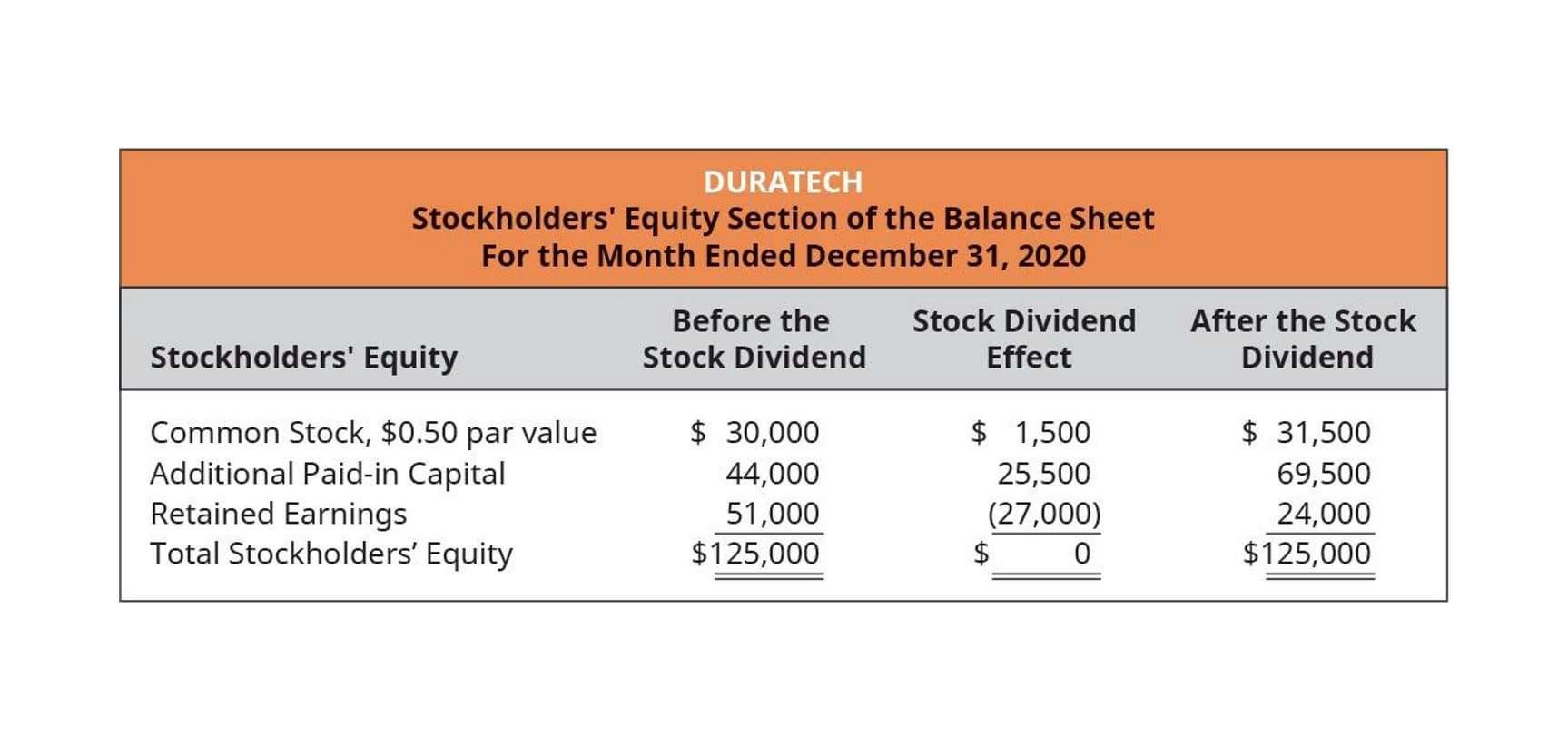Globax news
Blog
Answered: On December 31, Jarden Company’s

Auditors look for this issue by comparing the size of the allowance to gross sales over a period of time, to see if there are any major changes in the proportion. The auditors aim to keep the balances at their adequate levels, but the controller might want to keep them as low as possible to reduce expenses and maximize profit levels. Hence, the term valuation account represents all types of balance sheet accounts related to their corresponding balance sheet accounts.

In accordance with the matching principle of accounting, this ensures that expenses related to the sale are recorded in the same accounting period as the revenue is earned. The allowance for doubtful accounts also helps companies more accurately estimate the actual value of their account receivables. The allowance for doubtful accounts, aka bad debt reserves, is recorded as a contra asset account under the accounts receivable account on a company’s balance sheet. In this context, the contra asset would be deducted from your accounts receivable assets and considered a write-off. An allowance for doubtful accounts is considered a “contra asset,” as it reduces the amount of an asset; here, it is accounts receivable.
Allowance for Doubtful Accounts: Balance Sheet Accounting
The debit balance of the asset account and the credit balance of the contra asset account determine the net value of the asset. The projected bad debt expense is matched to the same period as the sale itself so that a more accurate portrayal of revenue and expenses is recorded on financial statements. Allowance for doubtful accounts (ADA) is a contra asset account used to create an allowance for customers who are not expected to pay the money owed for the allowance for doubtful accounts is a contra asset account that equals purchased goods or services. The allowance for doubtful accounts appears on the balance sheet and reduces the amount of receivables. As mentioned, contra asset accounts are usually listed below their matching asset accounts, and the net values of those assets are written next to the contra accounts. Review the largest accounts receivable that make up 80% of the total receivable balance, and estimate which specific customers are most likely to default.
Though this allowance for doubtful accounts is presented on the balance sheet with other assets, it is a contra asset that reduces the balance of total assets. If a company has a history of recording or tracking bad debt, it can use the historical percentage of bad debt if it feels that historical measurement relates to its current debt. Therefore, it can assign this fixed percentage to its total accounts receivable balance since more often than not, it will approximately be close to this amount. The company must be aware of outliers or special circumstances that may have unfairly impacted that 2.4% calculation. If the following accounting period results in net sales of $80,000, an additional $2,400 is reported in the allowance for doubtful accounts, and $2,400 is recorded in the second period in bad debt expense. The aggregate balance in the allowance for doubtful accounts after these two periods is $5,400.
Fraudulent Use of the Allowance for Doubtful Accounts
In practice, adjusting can happen semiannually, quarterly, or even monthly—depending on the size and complexity of the organization’s receivables. Master accounting topics that pose a particular challenge to finance professionals. GAAP allows for this provision to mitigate the risk of volatility in share price movements caused by sudden changes on the balance sheet, which is the A/R balance in this context.
- It does not necessarily reflect subsequent actual experience, which could differ markedly from expectations.
- With the account reporting a credit balance of $50,000, the balance sheet will report a net amount of $9,950,000 for accounts receivable.
- When assessing accounts receivable, there may come a time when it becomes clear that one or more accounts are simply not going to be paid.
- Two primary methods exist for estimating the dollar amount of accounts receivables not expected to be collected.
- The main reason is to make the remaining shares more valuable, as their prices are expected to rise after the stock buyback.
- If a company has a history of recording or tracking bad debt, it can use the historical percentage of bad debt if it feels that historical measurement relates to its current debt.
- Reserve for obsolete inventory is a contra asset account used to write down the inventory account if inventory is considered obsolete.
This will ensure that your financial statements accurately represent the status of your company’s accounts receivable. The bad debt expense is entered as a debit to increase the expense, whereas the allowance for doubtful accounts is a credit to increase the contra-asset balance. The company now has a better idea of which account receivables will be collected and which will be lost. For example, say the company now thinks that a total of $600,000 of receivables will be lost.
Common Questions Related to Allowance for Doubtful Accounts
The risk classification method is tricky and can be inaccurate, as it’s hard to classify new customers. Sometimes existing customers also end up with unexpected behavior and fall into the risky category. You should review the balance in the allowance for doubtful accounts as part of the month-end closing process, to ensure that the balance is reasonable in comparison to the latest bad debt forecast.
This is because the expense was already taken when creating or adjusting the allowance. An allowance for doubtful accounts is a contra account that nets against the total receivables presented on the balance sheet to reflect only the amounts expected to be paid. The allowance for doubtful accounts estimates the percentage of accounts receivable that are expected to be uncollectible. However, the actual payment behavior of customers may differ substantially from the estimate. With the account reporting a credit balance of $50,000, the balance sheet will report a net amount of $9,950,000 for accounts receivable.











Recent Comments